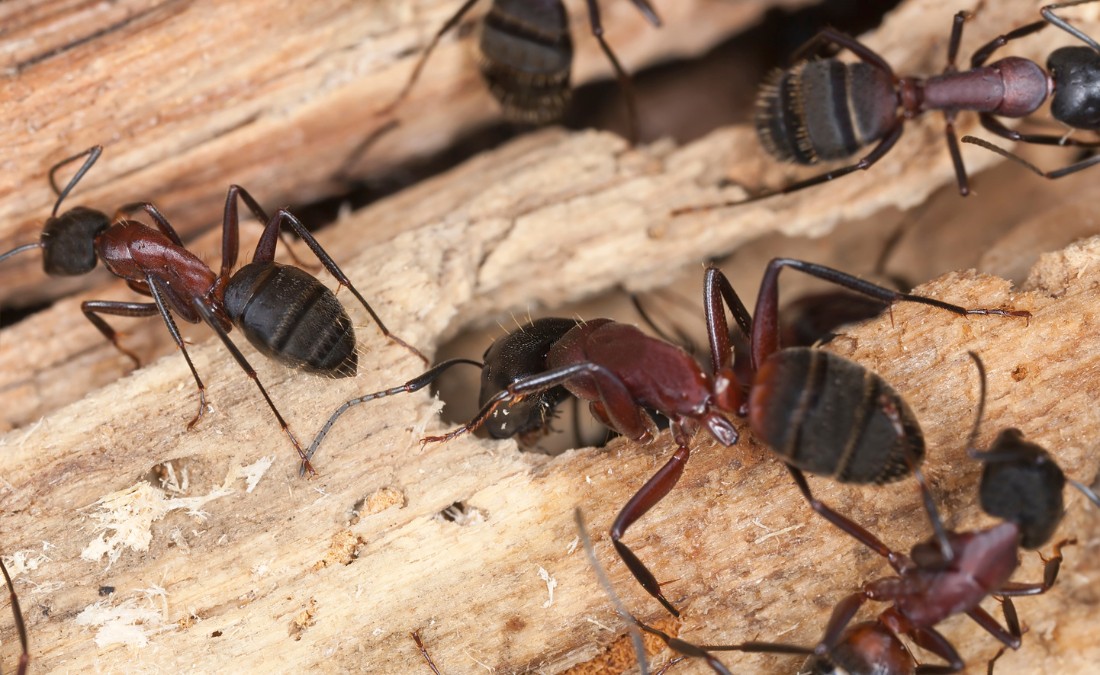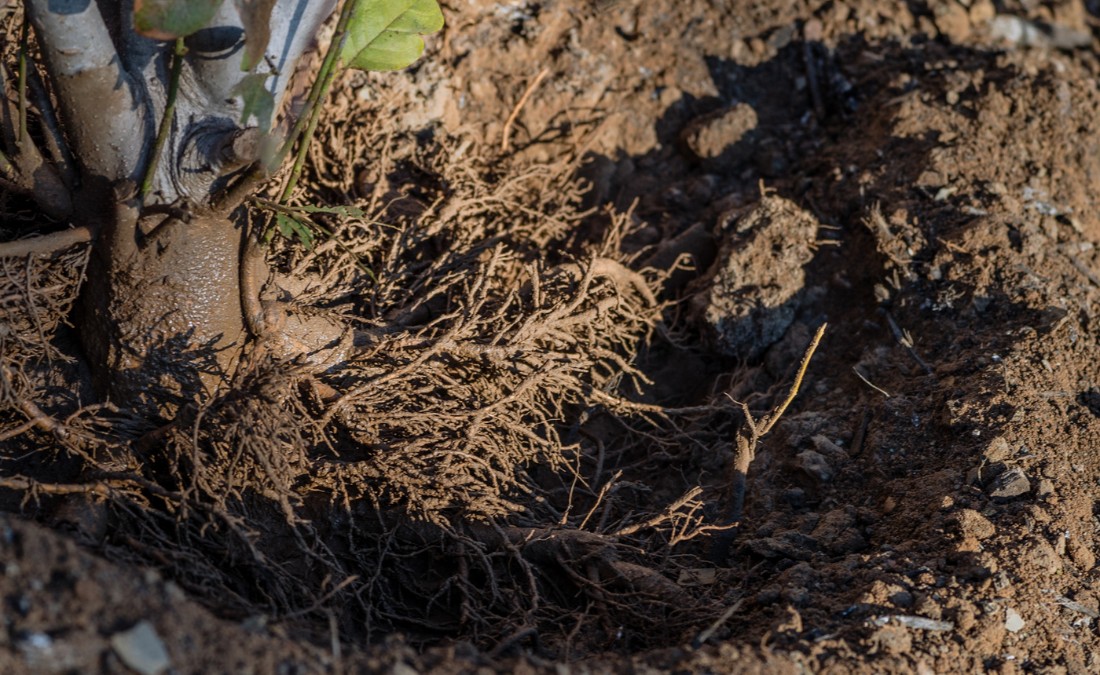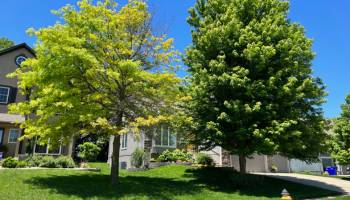Signs Your Iowa Trees May Need Structural Support for Safety

Spot the warning signs your tree needs structural support before storm damage strikes. Keep Iowa homes safe and mature trees standing with expert support solutions.
Those beautiful mature trees shading your Iowa home – they’re worth protecting. From summer storms to winter ice, our trees face challenges that can turn them from assets into hazards overnight.
After watching the 2020 derecho flatten Cedar Rapids’ tree canopy, smart homeowners across the great state of Iowa know that preventing tree failure is far better than dealing with its aftermath. Learn the signs your tree needs structural support to prevent storm damage and keep your home safe.
Key Takeaways
- Structural weakness in trees often develops naturally but can lead to serious damage during Iowa storms if left unsupported.
- The most notable warning signs include V-shaped branch unions, multiple trunks growing together, visible cracks, and branches extending over structures.
- Professional cabling and bracing systems provide nearly invisible support that helps prevent tree failure while preserving your tree’s natural appearance and growth habit.
Why Structural Support for Mature Trees Is So Important in Iowa
When trees are left to grow without guidance or regular pruning when they’re young, they often develop structural weaknesses that could lead to tree failure in the future.
Trees with a single, straight trunk are naturally stronger. So, when a tree develops co-dominant stems, or splits with multiple trunks, those weak points could fail, especially during a storm.
While many potential problems can be avoided with early structural pruning as young trees grow, many homeowners end up with large, beautiful trees with these built-in structural weaknesses.
Without proper support, trees are more prone to breaking or falling during storms, posing serious risks such as injuries, property damage, and blocked roads, driveways, and sidewalks. Tree failure can also lead to:
- Significant damage to your home, vehicles, and other property
- Costly home repairs if heavy branches fall on your roof, potentially making your home uninhabitable
- Higher summer cooling costs if you lose crucial shade from the tree
- Reduced curb appeal if the tree needs to be removed
But here’s the good news. Support options are available to help increase the structural integrity of large trees, without impacting their appearance. And it could be just what you need for peace of mind throughout the year, as trees face constant threats from crazy storms in the summer and icy conditions in the winter.
Clear Warning Signs to Watch For
V-Shaped Branch Unions
When branches meet in a tight V-shape instead of a healthier U-shape, they’re more likely to split. These weak points often fail during ice storms or strong winds, especially in mature silver maples and American elms.

A sprawling oak with co-dominant stems.
Co-Dominant Stems
Trees with several trunks growing from the same point need extra support as they get bigger. This is common in river birch trees, where multiple trunks can begin pushing against each other, creating weak spots where they meet. These can be especially concerning when growing right next to a home.
Visible Cracks or Splits
Any crack in a major branch or trunk needs attention right away. Look for dark lines along branches, splitting bark, or spaces where the tree appears to be pulling apart. Iowa’s freeze-thaw cycles often make these problems worse.
Trees in the Wrong Spot
Even healthy trees might need support if they have:
- Branches reaching far over your roof
- Large limbs above your driveway
- Any part growing near power lines
- Heavy branches over play areas
Preemptive support for trees growing close to your home or high-traffic areas is always a good idea to reduce the risk of damage, injury, or death below.
How Professional Support Systems Work
We use two main methods to reinforce trees: cabling and bracing. Each one plays a specific role in preventing tree failure during storms.
Cabling means installing strong steel cables high in the tree’s crown where movement causes the most stress. These cables act like safety nets, limiting how much branches sway and providing backup support during high winds and ice storms.
Bracing involves installing steel rods through weak unions or splitting trunks. While cables allow some movement, braces create solid anchor points that stop splits from getting worse. Think of them as internal supports that hold your tree together at its weakest points.
Both systems need professional installation from Certified Arborists who understand how trees grow. This ensures the supports work properly without harming your tree. And both are often used in conjunction with one another.

Benefits of Professional Tree Support Systems
While removing a vulnerable tree might seem like the easiest fix, it can also be the most expensive. Support systems may offer a better solution that saves your trees. These systems help protect your property year-round, through every Iowa season. Here’s how tree cabling and bracing can help:
- Helps minimize the risk of major failures during ice storms, high winds, and heavy snow that could damage your home or cars.
- Costs much less than emergency tree removal or storm damage repairs, plus adds years or decades to your tree’s life.
- Saves the mature trees that make your property special and provide valuable shade.
- Blends into your tree’s canopy, making it barely noticeable to most people.
- Helps weak trees build their own strength over time while preventing failures.
Regional Tree Challenges in Iowa
Each Iowa city faces its own tree care challenges. Des Moines’ historic neighborhoods showcase century-old trees lining streets that were planned before cars existed. These aging trees need special care to preserve their beauty while keeping everyone safe.
Cedar Rapids learned tough lessons from the 2020 derecho, which destroyed nearly 65% of the city’s trees. Today, protecting the remaining mature trees is a top priority. Trees with professional support systems are more likely to survive future extreme wind events.
In Davenport, the Mississippi River valley creates unique challenges. The soil conditions and stronger wind patterns can put extra stress on trees, especially those on higher ground or in areas that flood. Adding structural support may help trees handle these environmental pressures.
FAQs About Tree Support Systems
How long do support systems last?
With proper installation, you can expect 15-20 years of protection. However, annual inspections can help ensure performance and safety. As trees continue to grow, adjustments may be necessary every now and then to ensure stability while allowing the tree to flex.
Will supports hurt my tree’s growth?
Not when installed correctly. We place supports carefully so your tree can grow and move naturally while gaining the stability it needs. Professional installation ensures the system works with your tree, not against it.
Can I install supports myself?
This job needs special equipment and deep knowledge of how trees grow and move. DIY installation often causes more harm than good. Professional arborists know exactly where and how to install supports to meet safety standards.
Can trees still fail with supports installed?
While no tree is 100% safe in every storm, professional supports greatly reduce the risk of failure. They help prevent the most common types of damage, giving you peace of mind when severe weather hits.
Protecting Iowa’s Tree Legacy
Don’t ignore the signs of structural weaknesses in large trees, but don’t immediately resort to tree removal, either. Have an ISA Certified Arborist inspect your trees to come up with the best plan to protect your property while preserving as many trees as possible.
Here at Arbor Masters of Iowa, our Certified Arborists know exactly how to spot potential problems and install the right support systems to minimize risk. Call our Iowa arborists today for a free tree assessment:
Call our Des Moines branch at 515-218-2025.
Call our Davenport branch at 563-355-7508.
Call our Cedar Rapids branch at 319-359-6135.

Want More Like This?
Get the latest local news, tree care tips, special offers, and company updates directly to your inbox! It's easy to subscribe and there's no spam - we promise.
"*" indicates required fields





